Introduction to Ayodhya Ram Mandir
The Ayodhya Ram Mandir stands as a profound symbol of devotion and cultural heritage in India. This revered Hindu temple, dedicated to Lord Ram, holds immense significance in Hindu mythology and religious practices. Situated in the ancient city of Ayodhya, which is believed to be the birthplace of Lord Ram, the temple has been a focal point of reverence for millions of devotees across the globe.
The history of the Ayodhya Ram Mandir is deeply intertwined with the epic narrative of the Ramayana. According to the Ramayana, Ayodhya is the sacred land where Lord Ram, the seventh incarnation of Lord Vishnu, was born and ruled as a just and noble king. This historical and mythological context cements Ayodhya’s status as a pilgrimage site of paramount importance. Over the centuries, the location has been marked by various temples and structures dedicated to Lord Ram, each bearing the cultural and architectural imprints of different eras.
In recent years, Ayodhya Ram Mandir has gained renewed global attention due to the construction of a grand new temple. This development follows a landmark verdict by the Supreme Court of India in 2019, which resolved the long-standing Ayodhya dispute. The court’s decision paved the way for the construction of a magnificent temple that aims to reflect the glory and devotion associated with Lord Ram. The construction project, which began in 2020, is being closely followed by millions of devotees and observers worldwide, symbolizing a new chapter in the historical and spiritual narrative of Ayodhya.
As the Ayodhya Ram Mandir continues to evolve, it remains a beacon of faith and unity, drawing pilgrims from various parts of the world. The temple not only serves as a place of worship but also as a testament to the enduring legacy of Lord Ram and the timeless values he represents. This introduction provides a foundational understanding of the Ayodhya Ram Mandir’s significance, setting the stage for a deeper exploration of its aarti timings and rituals.
Daily Aarti Rituals at Ayodhya Ram Mandir
The Ayodhya Ram Mandir is renowned for its daily aarti rituals, which form a cornerstone of Hindu worship. Aarti is a devotional fire ceremony that involves the offering of light to deities. It symbolizes the removal of darkness and ignorance, and the welcoming of divine light into devotees’ lives. At the Ayodhya Ram Mandir, these rituals are meticulously conducted throughout the day, each with its own unique significance and timing.
The day begins with the Mangala Aarti, performed in the early morning before dawn. This aarti is a wake-up call to the deity, symbolizing the start of a new day. Devotees gather in large numbers, and the atmosphere is filled with the enchanting sound of conch shells, bells, and the chanting of hymns. The temple priests perform the ritual with utmost devotion, offering incense, flowers, and the traditional aarti lamp to the deity.
In the afternoon, the Madhyahna Aarti is conducted. This mid-day ritual is a time for devotees to seek blessings and express their gratitude. The temple is usually quieter during this time, providing a serene environment for personal reflection and prayer. The aarti involves a similar set of offerings as the morning ritual, with the addition of freshly prepared food, which is later distributed as prasadam to the devotees.
As the sun sets, the Sandhya Aarti takes place. This evening ritual is one of the most visually stunning and spiritually uplifting moments in the temple. The deity is adorned with fresh flowers, and the temple is illuminated with numerous oil lamps. The chants and hymns during this aarti are particularly powerful, creating an atmosphere of profound devotion and reverence. Devotees often describe feeling a deep connection to the divine during this time.
The final aarti of the day is the Shayana Aarti, performed at night. This ritual marks the end of the day’s worship and is a way of bidding goodnight to the deity. The temple is enveloped in a calm and peaceful ambiance, as the priests perform the aarti with gentle chants and soft lighting. This ritual helps devotees to unwind and reflect on the day’s blessings before retiring for the night.
Each aarti at the Ayodhya Ram Mandir is a profound spiritual experience, enhancing the devotees’ connection to Lord Ram and reinforcing the temple’s sanctity. The structured timings and procedures ensure a seamless and immersive experience, making the Ayodhya Ram Mandir a beacon of devotion and faith.
The aarti timings at the Ayodhya Ram Mandir hold profound spiritual and cultural significance, deeply rooted in both ancient traditions and the natural rhythms of the day. Each designated time for aarti is more than a mere schedule; it is a carefully chosen moment that aligns with the cosmic cycles, enhancing the spiritual experience for the devotees.
The morning aarti, typically conducted at dawn, symbolizes the awakening of the divine energy and the beginning of a new day. This time is considered auspicious as it signifies the transition from darkness to light, mirroring the journey from ignorance to knowledge. The early morning sun, with its first rays, is believed to carry a unique spiritual potency that purifies and revitalizes the devotees who partake in this sacred ritual.
Midday aarti, often performed around noon, is a moment to pause and reconnect with the divine amidst the hustle and bustle of daily life. This time is chosen to reflect the peak of the sun’s energy, which is associated with clarity, strength, and vitality. It serves as a reminder of the importance of maintaining spiritual consciousness throughout the day, despite the distractions and demands of worldly responsibilities.
The evening aarti, conducted at dusk, marks the transition from day to night. This period is imbued with a sense of calm and introspection, making it an ideal time for spiritual reflection and gratitude. The setting sun is a metaphor for the cycle of life, reminding devotees of the transient nature of existence and the perpetual presence of the divine.
Adhering to these specific aarti timings at the Ayodhya Ram Mandir is crucial for preserving the sanctity and continuity of temple practices. It ensures that the rituals remain in harmony with the natural order, thereby amplifying their spiritual efficacy. Furthermore, the disciplined observance of these timings fosters a collective sense of devotion and reverence among the devotees, enriching their spiritual journey and reinforcing the cultural heritage of Ayodhya Ram Mandir.
Visitor Information and Tips
Visiting the Ayodhya Ram Mandir to witness the aarti is a spiritually enriching experience. To ensure you have a smooth visit, several key points should be kept in mind. The temple is located in Ayodhya, a city well-connected by road and rail. The nearest airport is in Lucknow, approximately 130 kilometers away. From the airport or railway station, taxis and buses are readily available to reach the temple.
The most auspicious times to visit are during the early morning and evening aartis. These periods offer a serene ambiance and a chance to immerse oneself fully in the devotional atmosphere. It is advisable to arrive at least 30 minutes before the aarti begins to secure a good spot and participate in the rituals without any rush.
When visiting the Ayodhya Ram Mandir, adhering to a modest dress code is essential. Men should wear traditional attire like kurta-pajama, while women are encouraged to wear sarees or salwar-kameez. Visitors should avoid wearing shorts, sleeveless tops, or any attire that may be deemed inappropriate. Footwear must be removed before entering the temple premises.
Behavior within the temple should reflect respect and reverence. Refrain from speaking loudly, using mobile phones, or engaging in any disruptive activities. Photography may be restricted in certain areas, so be sure to check for any signs or ask the temple authorities.
For those new to the rituals, observing others and following their lead can be helpful. Participating in the chanting and offering prayers can enhance the spiritual experience. Also, consider bringing a small donation as a token of respect for the temple and its upkeep.
In light of the COVID-19 pandemic, specific safety protocols are in place. Mask-wearing is mandatory, and hand sanitizers are provided at the entrance. Social distancing is enforced, and crowd control measures are in place to ensure the safety of all visitors. Staying informed about any changes in protocols is crucial, as these measures are subject to change based on the prevailing health guidelines.
By keeping these tips in mind, your visit to the Ayodhya Ram Mandir for the aarti can be a memorable and spiritually fulfilling experience.

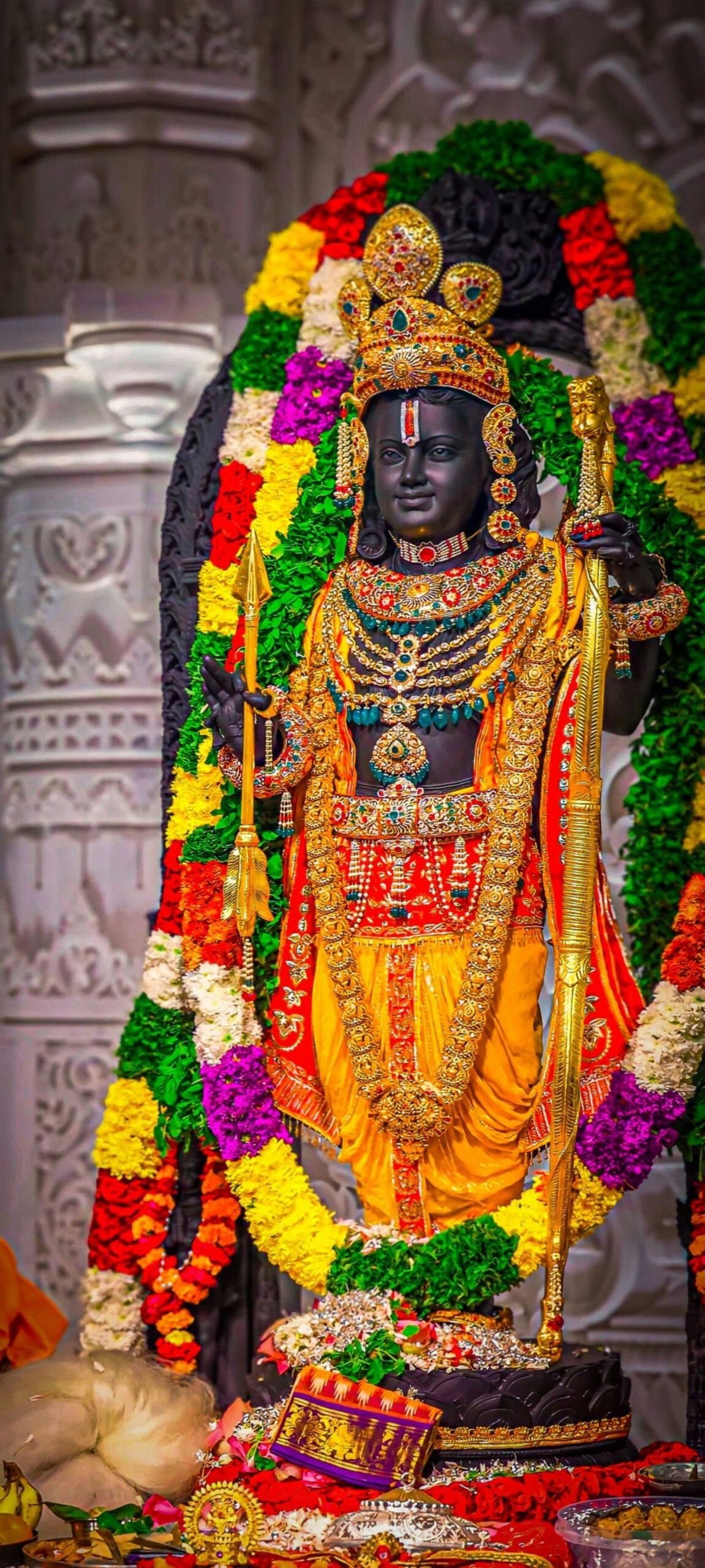
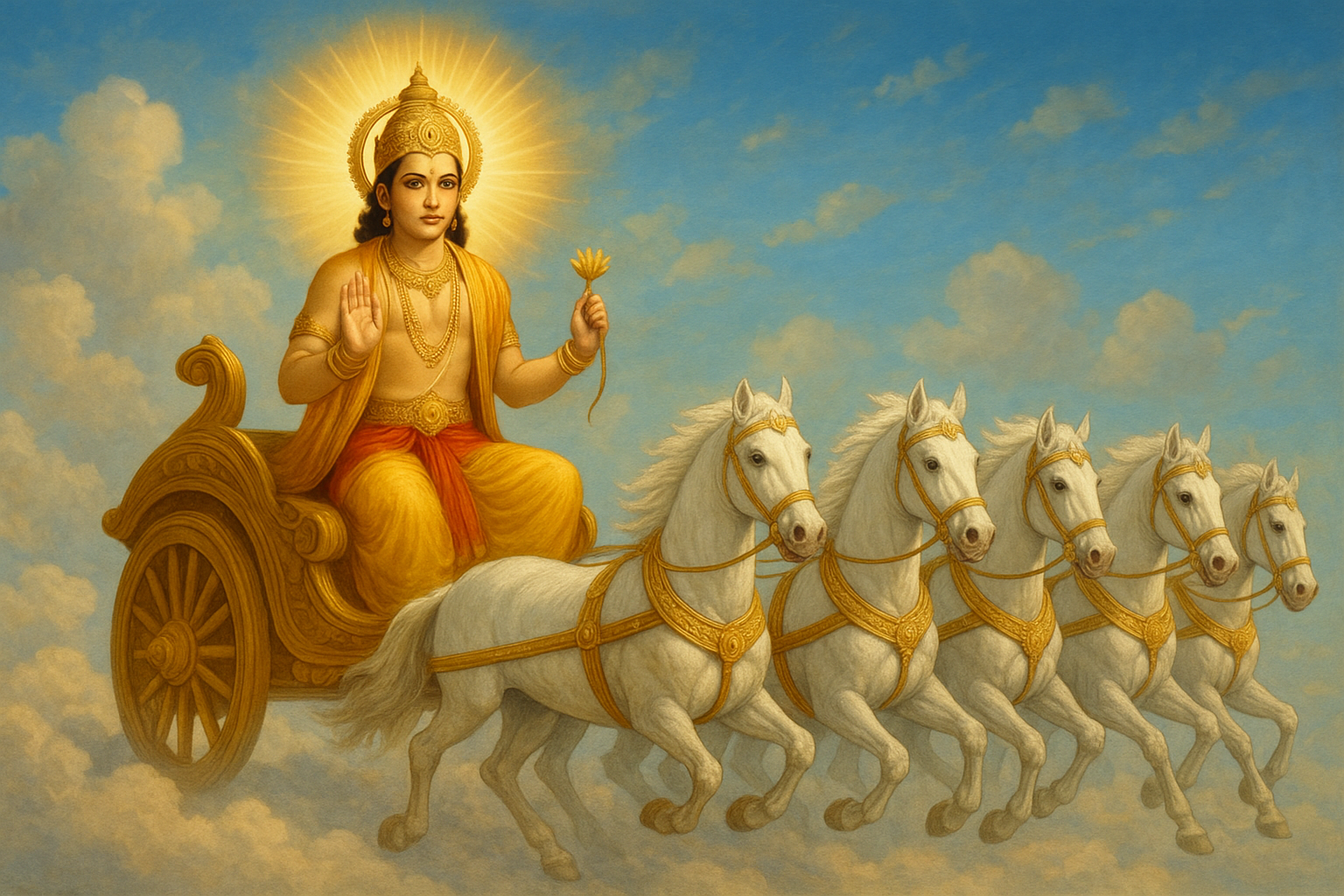


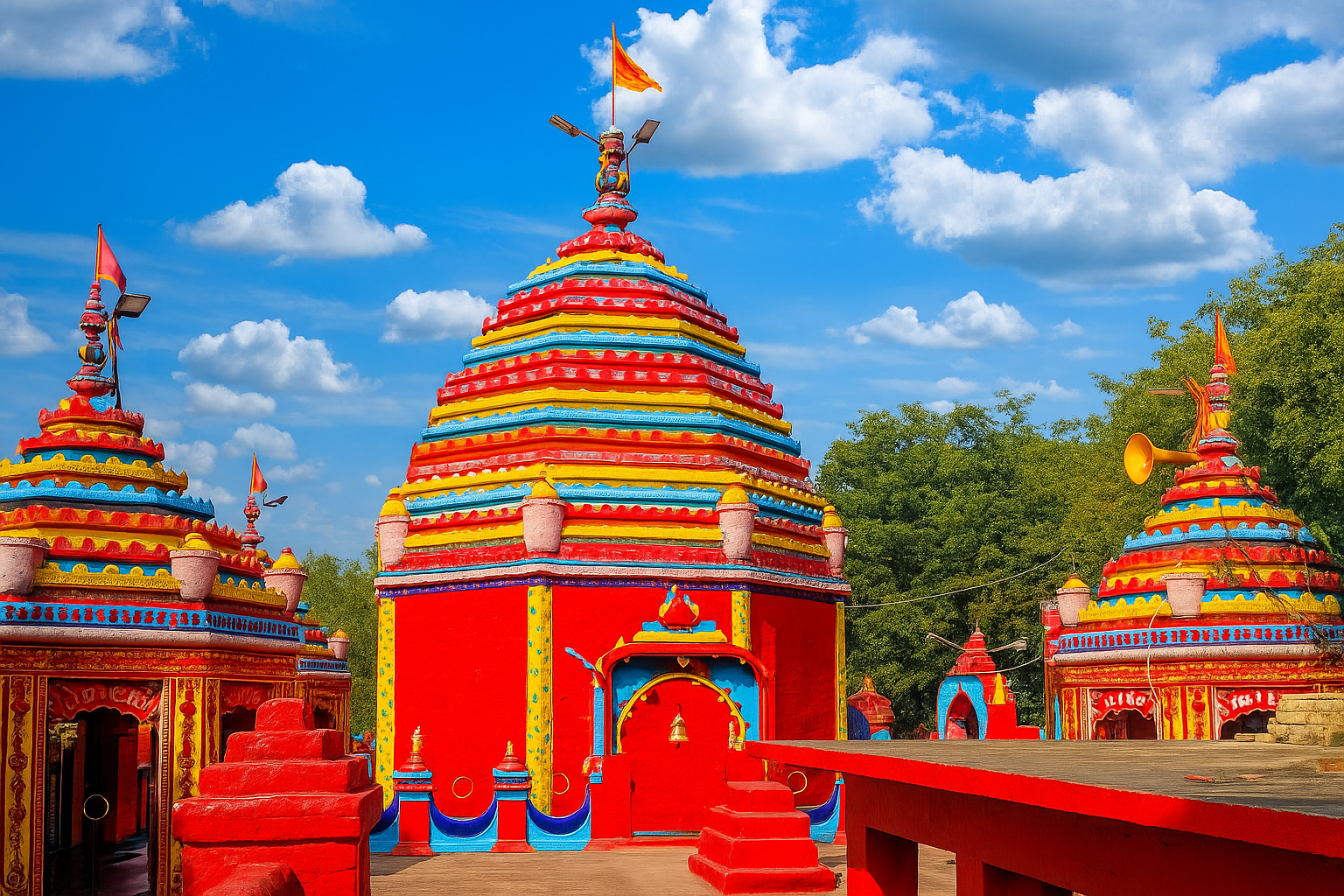

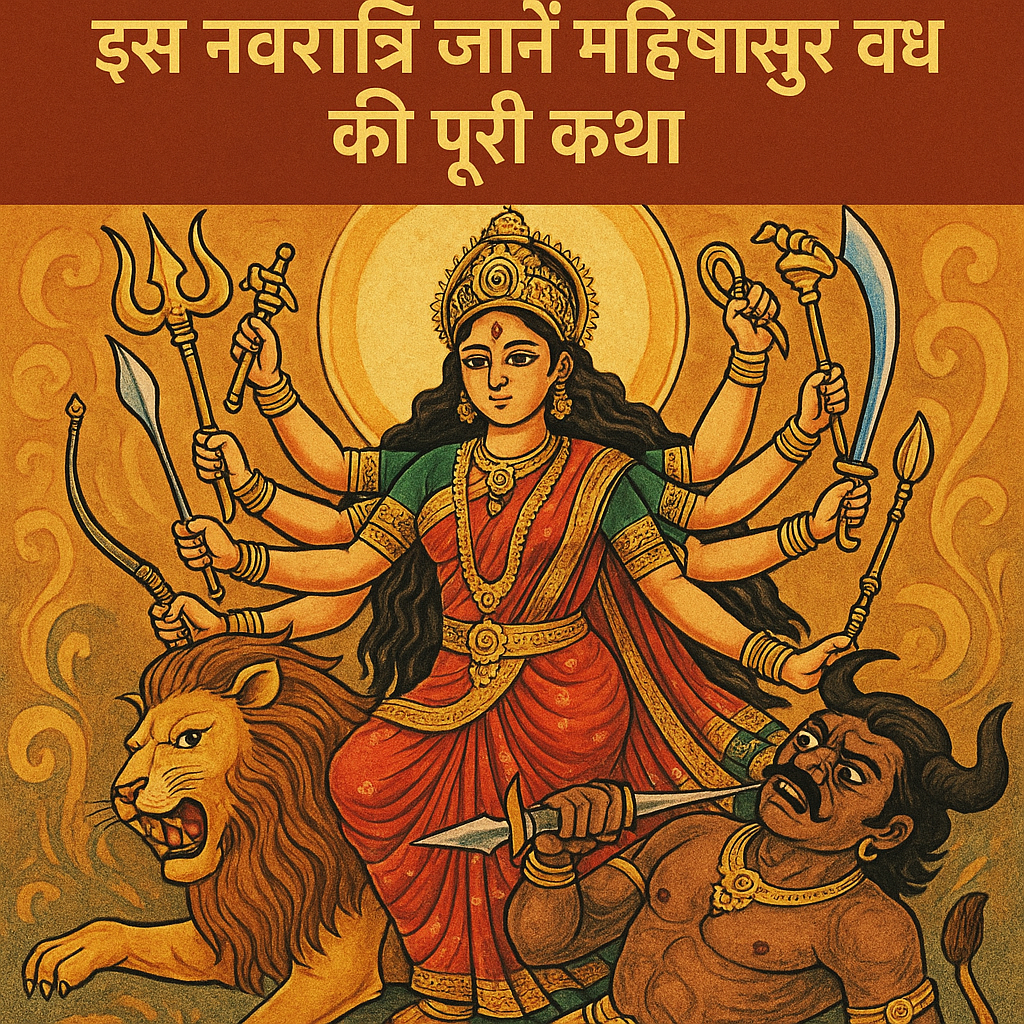


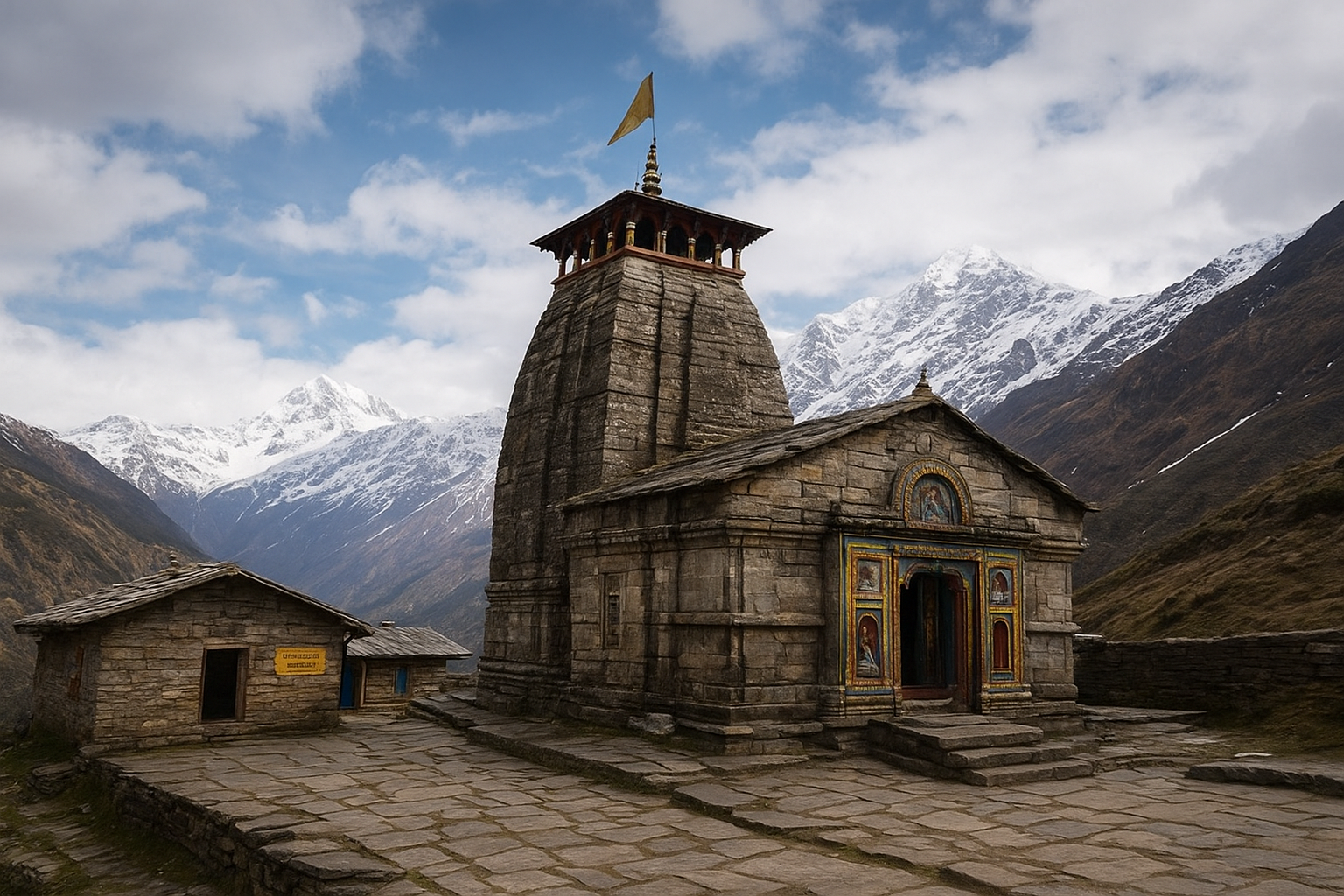





Leave a Reply